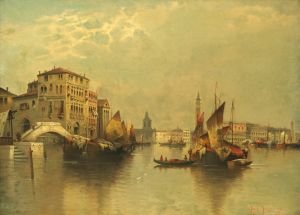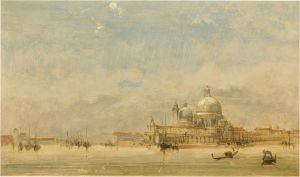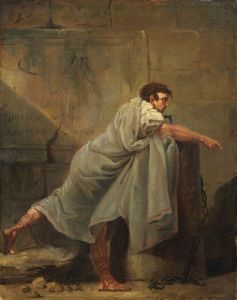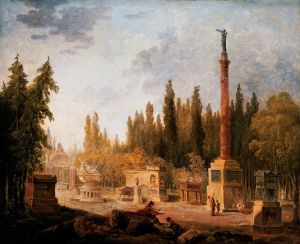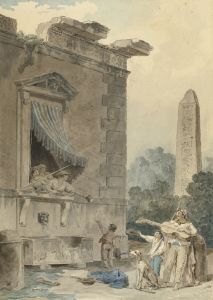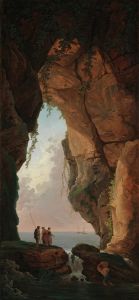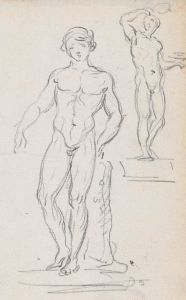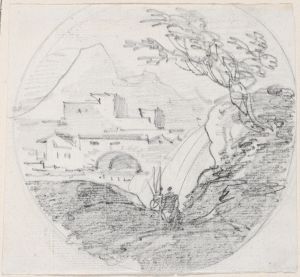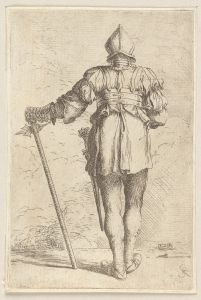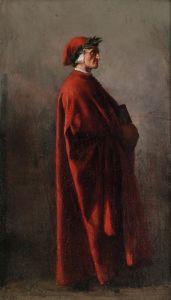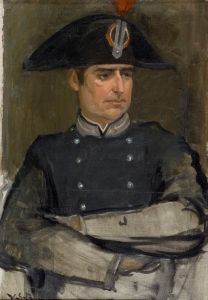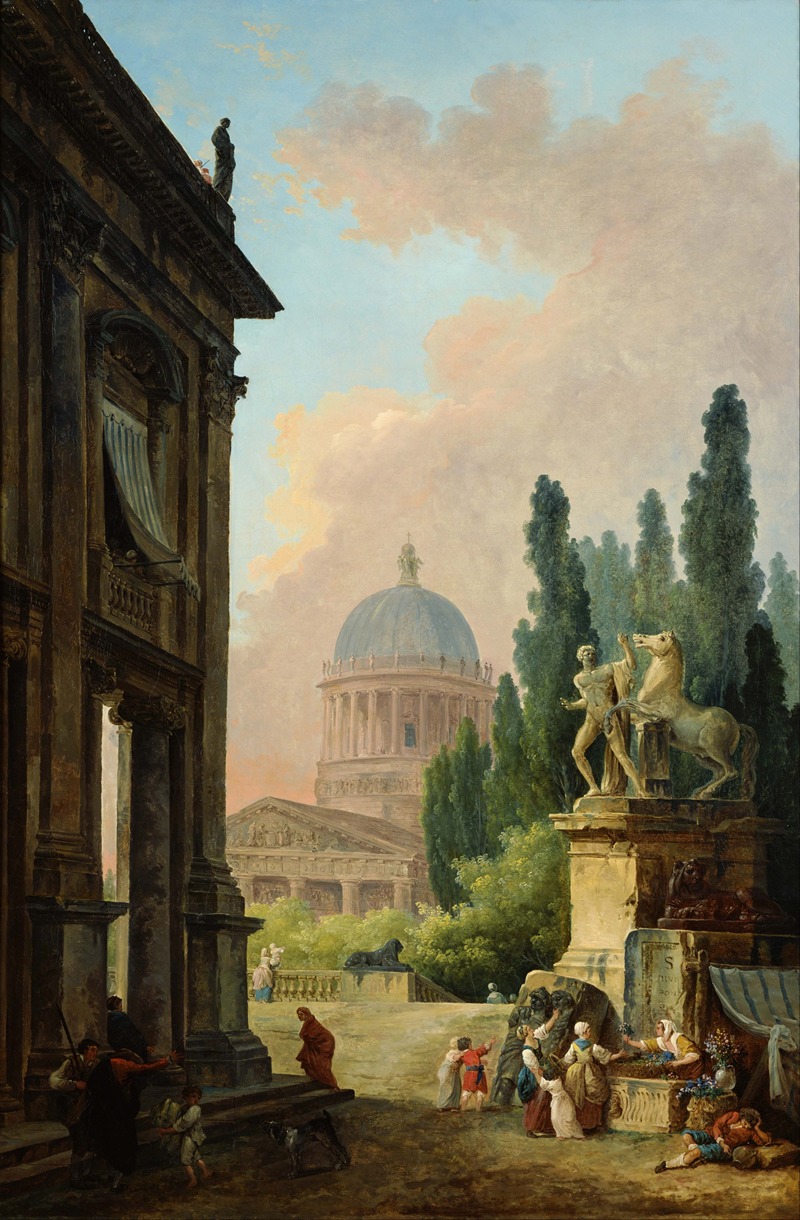
Imaginary View of Rome with the Horse-Tamer of the Monte Cavallo and a Church
A hand-painted replica of Hubert Robert’s masterpiece Imaginary View of Rome with the Horse-Tamer of the Monte Cavallo and a Church, meticulously crafted by professional artists to capture the true essence of the original. Each piece is created with museum-quality canvas and rare mineral pigments, carefully painted by experienced artists with delicate brushstrokes and rich, layered colors to perfectly recreate the texture of the original artwork. Unlike machine-printed reproductions, this hand-painted version brings the painting to life, infused with the artist’s emotions and skill in every stroke. Whether for personal collection or home decoration, it instantly elevates the artistic atmosphere of any space.
Hubert Robert's painting Imaginary View of Rome with the Horse-Tamer of the Monte Cavallo and a Church is a work that reflects the artist's fascination with architectural ruins and imaginative landscapes. Hubert Robert (1733–1808), a French painter known for his depictions of ruins and capricci (fantastical architectural scenes), created this piece as part of his broader exploration of Rome's classical and baroque heritage.
The painting combines real and imagined elements, a hallmark of Robert's style. The "Horse-Tamer" referenced in the title is one of the colossal statues of the Dioscuri, Castor and Pollux, which are located at the Quirinal Hill in Rome. These statues, often referred to as the "Horse Tamers," are iconic symbols of Roman art and were originally part of ancient Roman baths before being relocated to the Piazza del Quirinale. In Robert's painting, the statue is prominently featured, serving as a focal point that anchors the composition.
The church depicted in the painting is not identified as a specific historical building, which is consistent with Robert's tendency to blend real architectural elements with imagined structures. This approach allowed him to evoke the grandeur and romanticism of Rome without being constrained by strict topographical accuracy. The inclusion of the church, along with the ruins and the statue, creates a layered narrative that celebrates the passage of time and the enduring legacy of classical antiquity.
Robert's time in Rome, particularly during his stay as a pensionnaire at the French Academy in Rome from 1754 to 1765, deeply influenced his artistic vision. He was inspired by the city's ancient ruins, baroque architecture, and the picturesque interplay of light and shadow. These influences are evident in this painting, which captures the essence of Rome as a city where history and imagination converge.
The painting exemplifies the 18th-century European fascination with the classical past and the romanticized view of ruins as symbols of both decay and beauty. Hubert Robert's ability to blend reality and fantasy in his works earned him the nickname "Robert des Ruines" (Robert of the Ruins). His paintings were highly sought after by collectors and remain celebrated for their evocative and atmospheric qualities.
Imaginary View of Rome with the Horse-Tamer of the Monte Cavallo and a Church is a testament to Robert's skill in creating compositions that are both historically resonant and artistically inventive. It reflects his deep appreciation for Rome's cultural heritage and his ability to reimagine it through the lens of his own artistic sensibilities.





